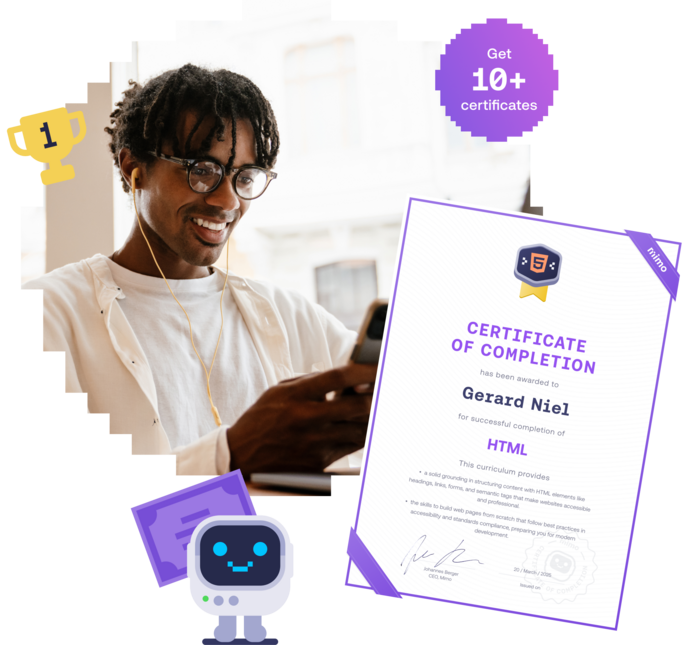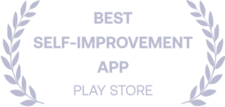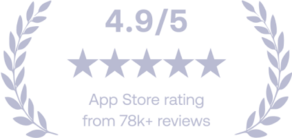MIMO CERTIFICATIONS
HTML Certification
Start building real websites from day one. Master semantic, accessible HTML and create clean, professional page structures through hands-on exercises, coding challenges, and guided projects.
Finish with a professional certificate you can share on your resume and LinkedIn.

CERTIFICATION OVERVIEW
Why Get HTML Certified with Mimo
A Mimo HTML Certification is more than finishing a course. It’s a clear signal to employers and clients that you can structure content, apply semantic markup, and build accessible, SEO-friendly pages that work across devices.
Our curriculum combines interactive practice with portfolio projects so you can prove what you know, not just claim it.

Earn a downloadable, shareable certificate that confirms your ability to write valid HTML, structure content with semantic tags, and follow accessibility best practices.

Show hiring managers you can build production-ready page structures that teams can style and extend. Your certificate helps you stand out for internships, junior roles, and freelance work.

Work through guided projects that mirror real tasks: multi-page sites, forms, media embeds, and accessible navigation — all ready to showcase in your portfolio.
Earning a Mimo Certification is straightforward. You learn by doing, complete projects, and finish with a certificate that proves your progress. It’s a simple, structured way to turn your learning into something you can show the world.














What topics are covered in the HTML Certification?
You’ll learn semantic tags (header, nav, main, article, section), lists and tables, images and media, links and navigation, forms and validation basics, accessibility guidelines (alt text, labels, landmarks), and clean, maintainable document structure.
Do I need to know CSS or JavaScript first?
No. HTML is the foundation, you can start here. We’ll focus on page structure and semantics. After certifying in HTML, most learners move on to CSS for styling, then JavaScript for interactivity.
How is the certification assessed?
You’ll complete interactive challenges, knowledge checks, and guided projects. Passing the full course automatically unlocks your verified HTML certificate.
Does the certificate expire?
No. Your Mimo HTML certificate doesn’t expire. We recommend refreshing your skills periodically as standards evolve and as you add CSS and JavaScript to your toolkit.
Will I get help while preparing for the certificate?
Yes. You’ll learn with step-by-step guidance, instant feedback in the code editor, and AI assistance for hints and explanations whenever you’re stuck.
How long does it take to get certified?
Most learners finish in a few weeks with steady practice. Your timeline depends on your schedule and prior familiarity with web concepts.
What should I learn next after HTML?
Continue with CSS to style your pages and create responsive layouts, then JavaScript to add interactivity. From there, you can explore Front-End or Full-Stack Development paths.
Join 35+ million learners and get your HTML certification!